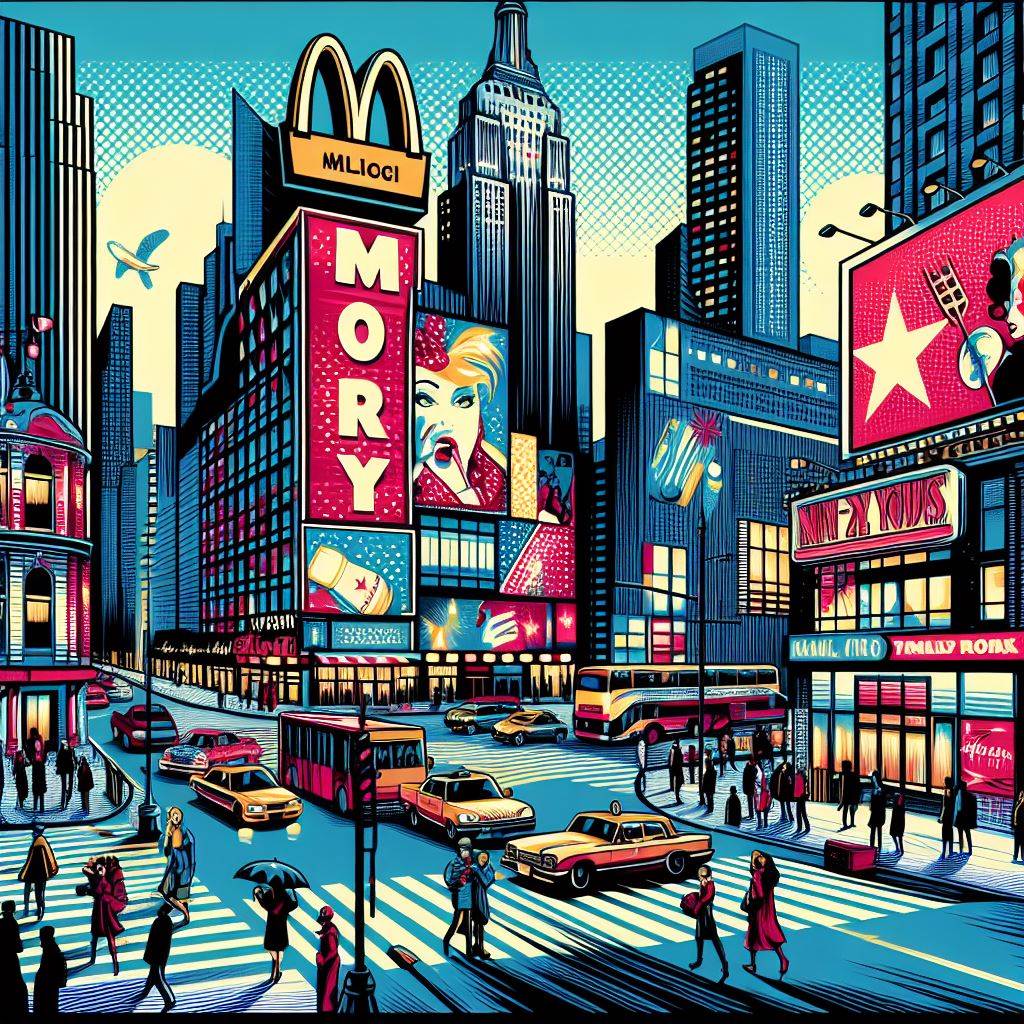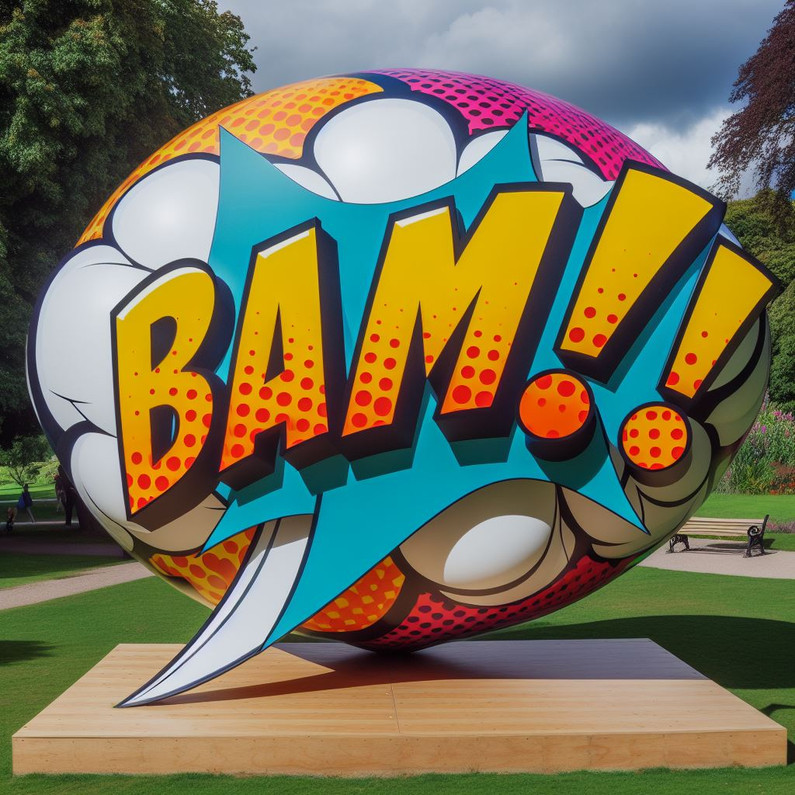The Vibrant World of Pop Art: A Colorful Exploration
Exploring the Vibrant World of Pop Art:
Painting and Sculpture In the tumultuous landscape of the 1950s, emerged a revolutionary art movement that challenged traditional norms and celebrated the everyday. Pop Art, with its bold colors, iconic imagery, and irreverent approach, captured the essence of mass culture like never before. Central to this movement were not only paintings but also sculptures that brought mundane objects to life in unexpected ways.
Pop Art emerged as a response to the burgeoning consumerism and media saturation of the post-war era. Artists sought to break free from the elitism of the art world, embracing instead the imagery and symbols of popular culture. Painting became a medium through which artists like Andy Warhol, Roy Lichtenstein, and Claes Oldenburg reimagined everyday objects and celebrities, elevating them to the status of high art. Andy Warhol, perhaps the most iconic figure of the Pop Art movement, revolutionized the art world with his silkscreen prints of Campbell's Soup Cans and portraits of Marilyn Monroe.

By appropriating images from advertising and mass media, Warhol challenged the distinction between high and low culture, inviting viewers to reconsider the value of the everyday. Similarly, Roy Lichtenstein's comic book-inspired paintings transformed the mundane into the extraordinary. With his signature use of Ben-Day dots and bold outlines, Lichtenstein's works such as "Whaam!" and "Drowning Girl" captured the zeitgeist of the 1960s, reflecting the pervasive influence of popular culture on society.
While painting played a central role in the Pop Art movement, sculpture also emerged as a dynamic and innovative medium for artists to explore the intersection of art and everyday life. Claes Oldenburg, known for his oversized sculptures of everyday objects, blurred the lines between art and reality with his playful and whimsical creations. From giant hamburgers to oversized clothespins, Oldenburg's sculptures challenged the viewer's perception of scale and materiality, inviting them to interact with art in new and unexpected ways.

Moreover, pop art sculptures often incorporated found objects and materials, further blurring the distinction between art and life. Artists like Robert Rauschenberg and Jasper Johns embraced the ethos of the readymade, incorporating everyday objects into their sculptures to explore themes of consumerism, mass production, and the commodification of art. In essence, Pop Art painting and sculpture revolutionized the art world by democratizing creativity and challenging the boundaries of what constitutes art.

By embracing the imagery and symbols of popular culture, artists transformed the mundane into the extraordinary, inviting viewers to reconsider the world around them through a new lens of creativity and innovation.
Recent Posts
-
Order the Best Boss Day Gifts for Male & Female Bosses in the UAE from Craftihouse.com
Every year, Boss’s Day is the perfect opportunity to show appreciation for the people who lead, ment …13th Oct 2025 -
How This Gift Came to Life: The Story Behind Our Palm Leaf Baskets
How This Gift Came to Life: The Story Behind Our Palm Leaf Baskets In a world where everything is be …8th Oct 2025 -
Handmade Leather Key Chains – Timeless Souvenirs & Everyday Companions
Handmade Leather Key Chains – Timeless Souvenirs & Everyday Companions Introduction In a world where …25th Sep 2025




